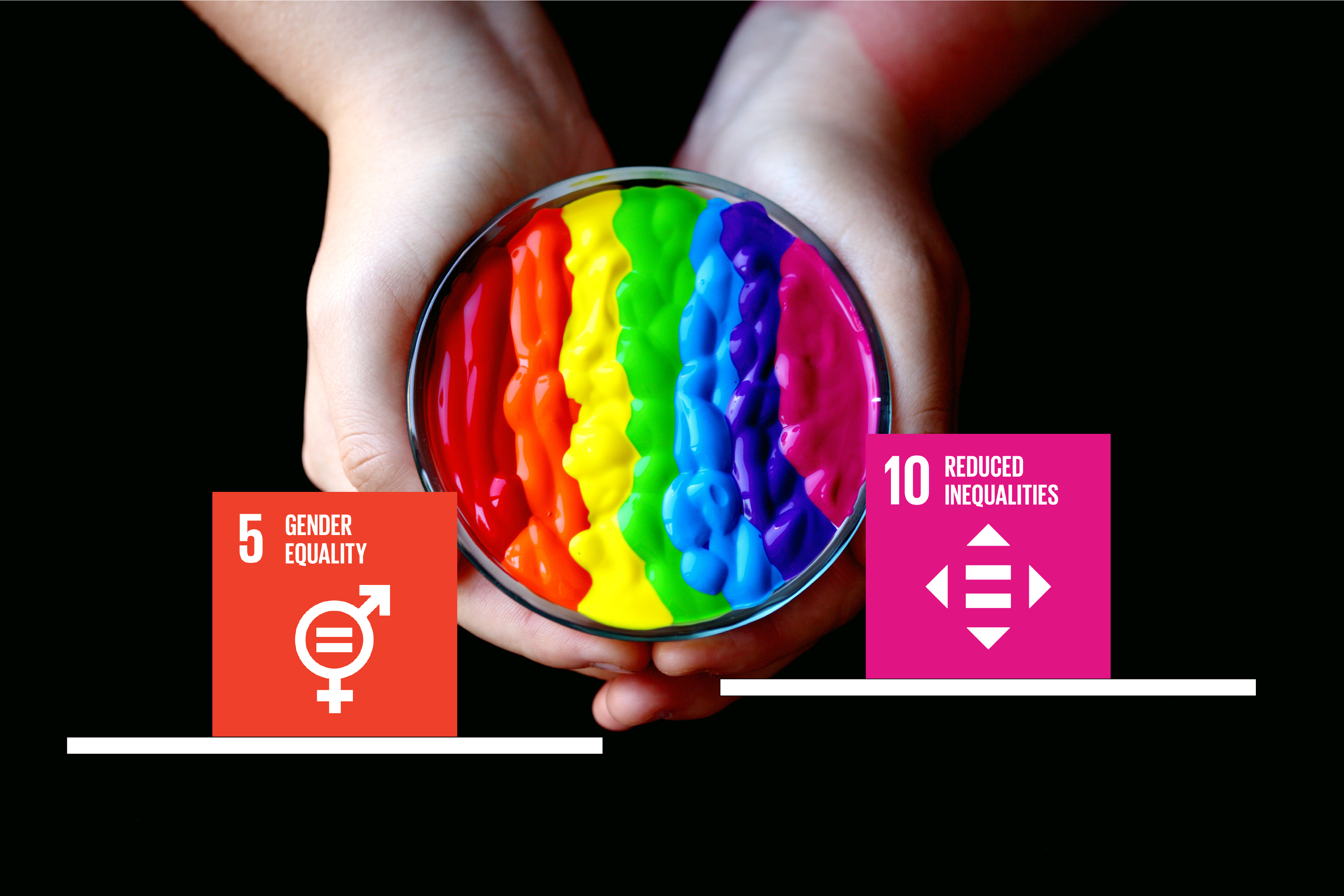COURSE DESCRIPTION
How to increase gender equality and reduce inequalities in general?
Primary SDG 5, secondary SDG 10
SDG 5 – Achieve gender equality and empower women and girls.
SDG 10– Reduce inequality within and among countries.
Problem Based Learning Methodology
1. Problematize to raise the analysis
2. We get informed/ We play/ We investigate/ We propose (call to action).
3. We work towards our final products during the two days together.
PROBLEM STATEMENT
Gender-based prejudices have a big influence throughout life (school, workplace, family and institutional framework).
Working questions:
- Do you consider that you have chosen your educational career freely?
- If not, what has affected in your decision?
- Why do you think there are some masculinized or feminized sectors?
- Which are the main consequences of this?
- What does it mean to be a woman in the labor market?
- Which are the main inequalities and who are the most affected?
- What can the students and the schools do to take part in the change?
SHARED CLASSROOM
The activities should be divided in different shared sessions.
Sessions
Day 1:
- 2 hours:
- All together: Getting ready and a small presentation.
- Small mixed groups: Icebreaker games – getting to know each other.
- 3 hours:
- All together: on and off, but only to introduce new tasks.
- Small mixed groups: on and off: The groups are investigating and sharing experiences and opinions.
- 1 hour: Breaks.
Day 2:
- 2½ hours:
- All together: on and off, but only to introduce new tasks.
- Small mixed groups on and off: the groups are investigating and sharing experiences and opinions.
- 2 hours: Small mixed groups are working on their final products.
- ½ hour: We see the final products – if you work with many groups, you need much more time.
- 1 hour: Breaks.
The class should be divided in mixed working groups from both countries.
Lessons:
Shared Classroom 2
Individual Classroom 0
Technology needed:
- Internet connection
- A device to connect, a pc, cellphones or tablet
- Each participant has his/her own device and headphones if possible
LEARNING OUTCOMES
During the project, the students can develop different kind of products:
- Videos,
- Brochures,
- Power point presentations
- Summary document with recommendations for action
- Articles to be disseminated on local media
- School exhibition with maps on land use, statistics, conflict areas and solutions
- Poems
- Surveys
- Drawings
- Statements
For the full Teaching module click on the green button above.
Course Features
- Lectures

